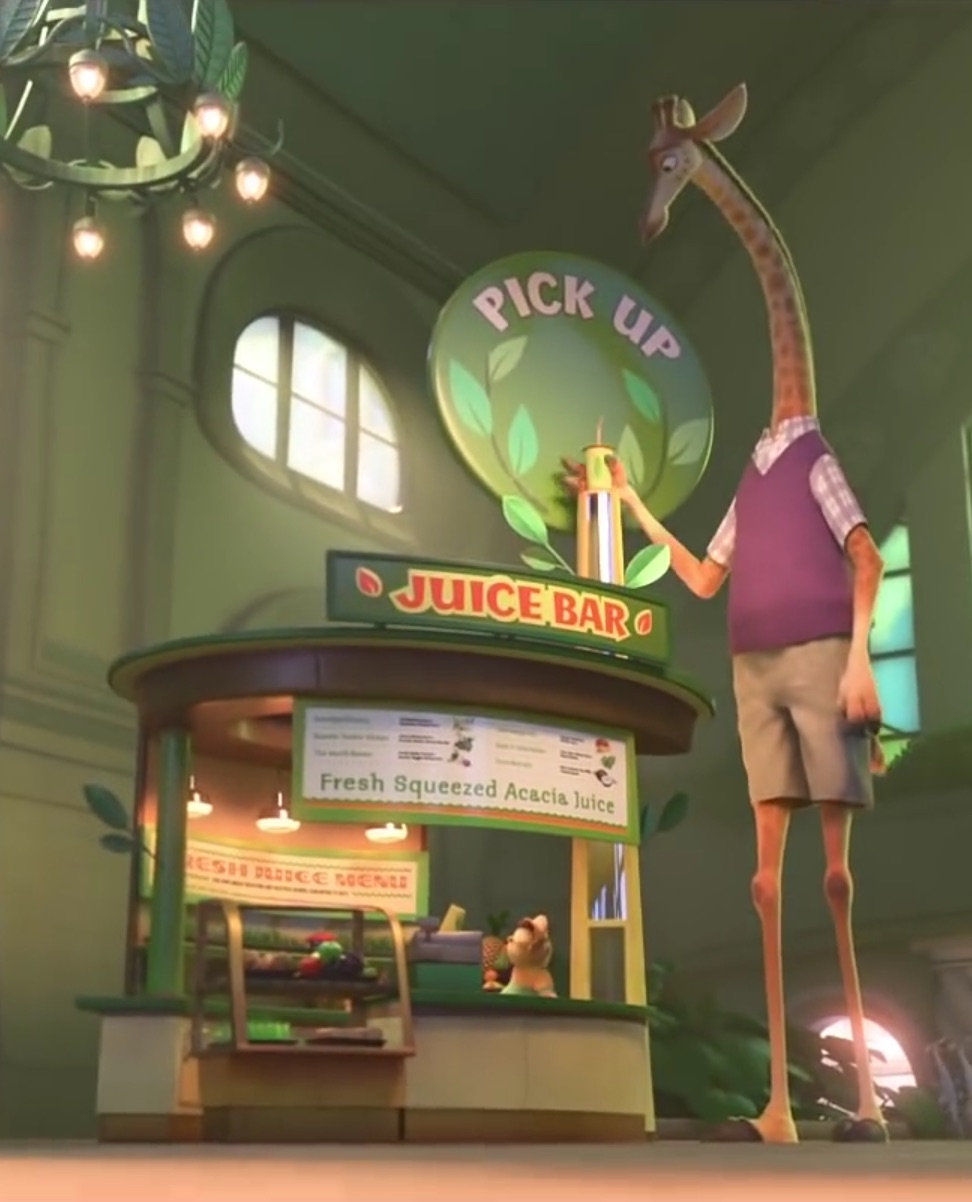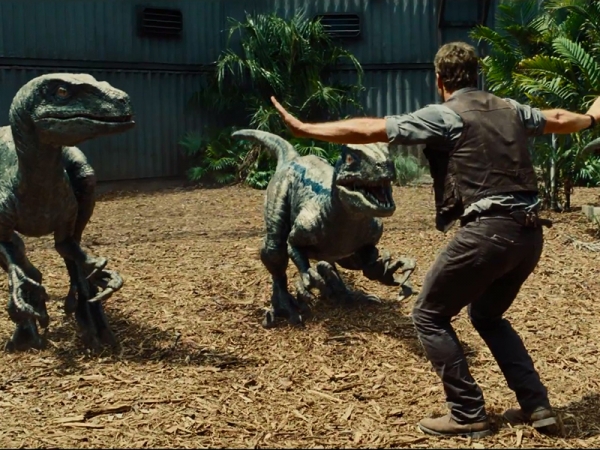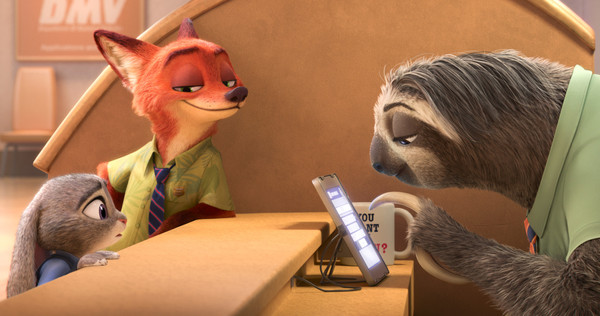(Featured image © Walt Disney Studios Motion Pictures 2016, fair use)
Stories featuring anthropomorphic animals who speak, use technology, and live in human-like societies have been commonplace for centuries. In most cases, the characters’ animal status is incidental to the actual plot, which could just as easily be conveyed with humans instead. However, it may serve an important creative purpose. Some animal fables are allegorical for issues of human concern: Br’er Rabbit stories, told by African American slaves in the 19th century United States, depict the hardships of slave life and means of resistance using non-human animals, so as to disguise their true meaning from listening slave masters. The graphic novel series Maus (1980-1991) by Art Spiegelman, the son of a Holocaust survivor, recounts World War II with Jews as mice and Nazis as cats, providing a measure of emotional distance to help readers contemplate its terrible subject matter.
Other stories may use animals instead of humans simply for aesthetic reasons, or to target younger audiences’ attraction to novel visual phenomena. A good example would be Disney’s Robin Hood (1973), a fairly straightforward retelling of the old English legend save for the visual design of its characters. In both categories of tale, animals mainly serve as stand-ins for humans, rather than as truly distinct types of sentient beings.
Disney’s new animated movie Zootopia, released March 4th, 2016 and currently playing in theaters, spans both the above categories of animal fable. Its colorful (and adorable) character designs will appeal to children and adults alike, and provide an endless source of visual humor, as when a sloth reacts to a joke in slow motion or a notorious crime boss named Mr. Big is revealed to be a tiny shrew. It is also clearly allegorical. The narrative follows an idealistic rabbit named Judy Hopps who joins the Zootopia police force with dreams of improving the world, only to run up against the obstacles of an unequal society divided between large animals and small, carnivores and herbivores. Zootopia’s resemblance to the modern United States, marred by disparities between people of different races, religions, and economic classes, is obvious, though the film’s treatment of inequality is more nuanced and insightful than might be expected from a family-friendly cartoon.

Zootopian juice bar, featuring a vacuum tube so its rodent barista may serve taller customers (© Disney 2016, fair use)
However, although Zootopia‘s use of animals does serve the usual purposes described above, it stands out from the herd of similar stories in highlighting its characters’ animal status beyond just the level of appearance. The film opens with a prologue telling how predators and prey once lived in deadly competition, before evolving to the point that they could establish peace and cooperate in building a civilization together, establishing a biological link between the anthropomorphic animals of Zootopia and the real ones of our world. Although mammals no longer eat one another (no birds, reptiles, amphibians, or invertebrates are ever shown, though a fish market does appear in one scene), their ancestry continues to impact the way they relate to eachother, with predators often using their teeth and claws to intimidate former prey, while the latter sometimes resort to herd mentality in ganging up on carnivores they distrust. How deep this natural animosity runs, and whether or not it could again manifest in lethal violence, is one of the overarching themes of the film.
The characters’ intrinsic animality is also emphasized in the physical world they inhabit. Although Zootopia’s level of technology is similar to our own (and some names and brands are obvious real-world references), the overall shape of its civilization reflects the needs and desires of its animal inhabitants, rather than those of humans. The city is divided into numerous districts, most of which do not appear obviously urban, but instead resemble natural ecosystems such as the rainforest, tundra, and desert. Amenities catering to particular species, such as walk-through wallows for hippopotami and trunk gloves for elephants to use in food preparation, are commonplace. We also see evidence of multiple parallel economies, addressing the problem of species vastly different in size, work capacity, and resource needs coexisting in the same society.
Although Zootopia does not directly address animal protection issues (after all, its world contains no humans to protect animals from), in emphasizing the distinct traits of different species and the unique civilization they create together, it embraces the central principle of animal rights: that non-human animals possess their own interests irreducible to those of human beings. This makes it fairly unique among stories of its type, though it is not the only recent film to do so. Disney and Pixar’s Up (2009) features a dog and a flightless bird among its main characters, and except for speaking English (in the dog’s case), their behavior, mannerisms, and thought processes closely resemble their real-world counterparts. The ongoing How to Train Your Dragon franchise (2010 to present) stars mythical animals, but each dragon species is clearly modeled on an existing animal in its behavior, bestowing personality without making them specifically human-like.

In Jurassic World, raptors can bond with humans if treated with respect (© Universal Pictures 2015, fair use)
Cartoons aren’t the only recent movies to follow this trend. Jurassic World (2015), the fourth film in the Jurassic Park franchise, breaks rank with its predecessors by portraying dinosaurs not as mindless killing machines, but as psychologically complex creatures with emotions, motives, and social bonds. Velociraptors are allied with, Tyrannosaurus shows respect, and Indominus (its fictional hybrid antagonist) is traumatized by isolation. Jurassic World‘s depiction of dinosaur behavior is fully plausible given what we know of bird and crocodilian intelligence, making it the most scientifically accurate Jurassic film as well as the most progressive from an animal rights standpoint.
That more and more popular films are depicting animals as beings distinct from humans, with intrinsic values of their own, is a hopeful sign for the success of the animal protection movement. While serious documentaries such as Earthlings (2005) and Blackfish (2013) are crucially important for exposing and challenging exploitation of animals, they are not the only films that advance the cause of animal rights. By subtly changing the way animals are understood in mainstream culture, movies like Zootopia also help to bring the vision of an animal-friendly utopia a little bit closer to reality.






